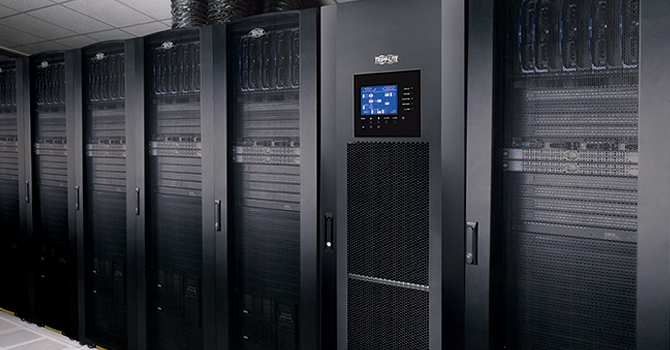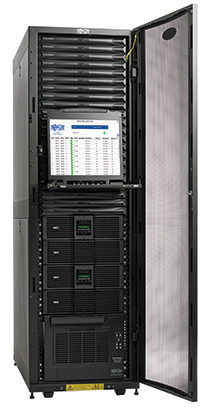
Redundancy is the duplication of critical components (or functions) within a system to increase its reliability. If a critical component fails, the presence of a redundant component will prevent the failure of the system. 2N and N+1 are two common approaches to redundancy in data centers.
2N Redundancy
2N (sometime called N+N) is the minimum number of critical components required (N) multiplied by two. (Critical components are parts that will disable the system if they experience a failure.) For example, if five lug nuts are required to prevent a racecar wheel (and tire) from flying off at track speeds, a 2N wheel design will have ten lug nuts. The 2N design allows five lug nuts to fail without disabling the system.

Ten lug nuts help to create a very reliable system, but you may determine that even one lug nut is very unlikely to fail, and the chance of multiple lug nuts failing is insignificant. In that case, the extra expense and weight, as well as the delay and difficulty of changing a wheel with ten lug nuts, may not make sense.
Why not just design a better lug nut that can’t fail? The inherent reliability of each component is certainly a factor, and you can improve the reliability of the system by incorporating components less likely to fail, expressed by a higher mean time between failures (MTBF). As that spec implies, however, failures can still happen with the most reliable components, especially when they are subject to wear and tear. Increasing the reliability of each component may also be less efficient than incorporating redundancy. For example, titanium and carbon fiber lug nuts may cost a thousand times more than redundant steel lug nuts.
N+1 Redundancy
Even if the cost of 2N redundancy seems unaffordable, you probably still want to provide some protection against the small chance of a lug nut failure. A wheel flying off at 200 mph has the potential for an unacceptably large repair expense (totaled car), opportunity cost (lost race) and human toll (injury or death of drivers and spectators). In that case, an N+1 system might be the perfect solution. Instead of ten lug nuts, an N+1 wheel design will have six lug nuts—the five required for functionality plus one spare. The failure of one lug nut won’t disable the system, and the chance of two lug nuts failing before you can make a repair is extremely small.
If we look beyond the wheel to the entire racecar, it’s likely a 2N+x system, combining 2N with the principles of N+1. There’s another complete car ready to back up the primary car if it fails, and both cars have some level of redundancy built-in (N+1, N+2, etc.) to prevent a failure in the first place. Some systems may even use 3N, 4N, etc., where the complete system is duplicated more than once, but the expense of this level of redundancy makes it rare.
In Part Two, we’ll consider how to apply redundancy to your data center and other IT installations.
How can Tripp Lite help?
Tripp Lite offers a large selection of cost-effective IT infrastructure solutions compatible with various levels of redundancy:

Power
- UPS systems, including models that support redundancy.
- Power distribution units (PDUs) including ATS models that provide redundant power to single-cord devices.
Cooling
- Cooling solutions perfect for providing redundant close-coupled cooling or partial redundancy for perimeter systems.
Infrastructure
- Connect redundant systems and power supplies with copper network cables, fiber network cables and power cords.
- Micro data centers enable redundancy at lower cost than building dedicated IT facilities, with easier setup.
Management
- Control redundant servers with KVM switches.
- Provide redundant (fail-safe) access to networks and devices with console servers.
Better yet, Tripp Lite will help you analyze your data center and incorporate redundancy efficiently, in a way that balances your uptime goals with budget limitations. Contact us for a free IT infrastructure assessment today!
Tripp Lite will help you analyze your data center and incorporate redundancy efficiently. Contact us for a free IT infrastructure assessment today!






